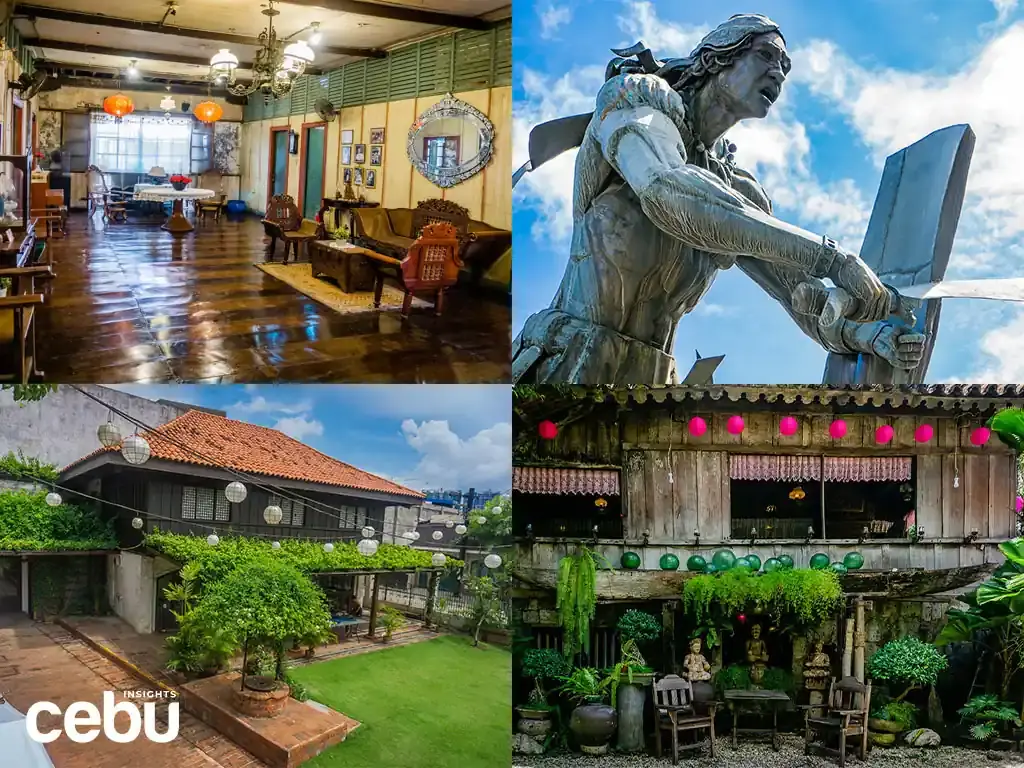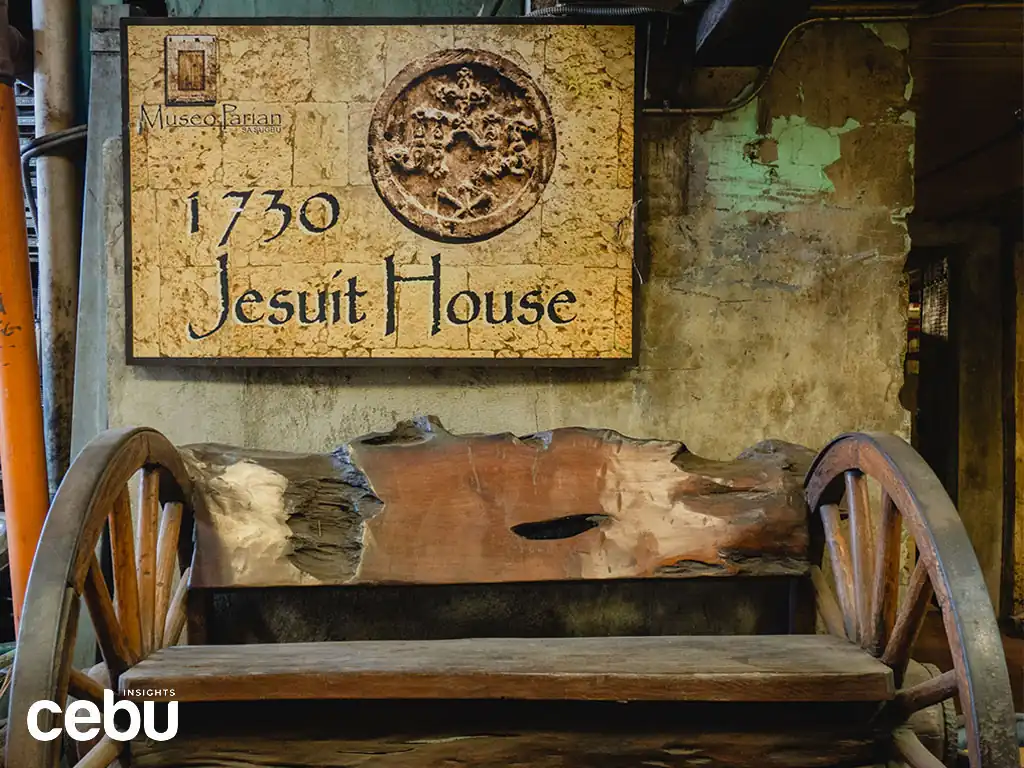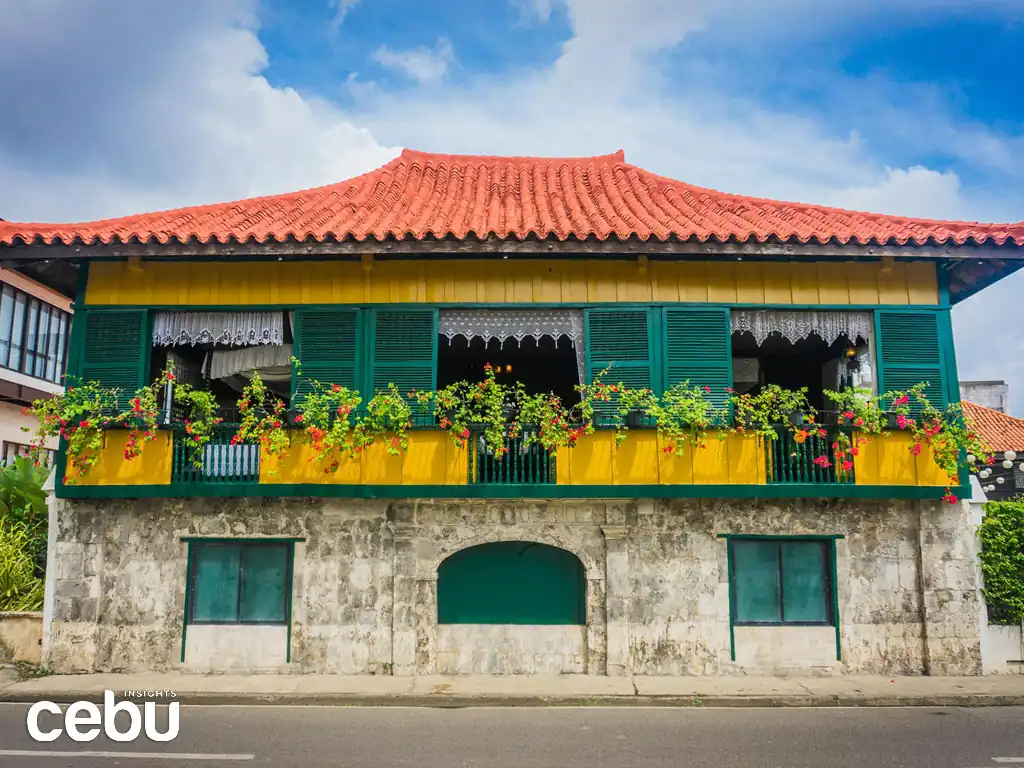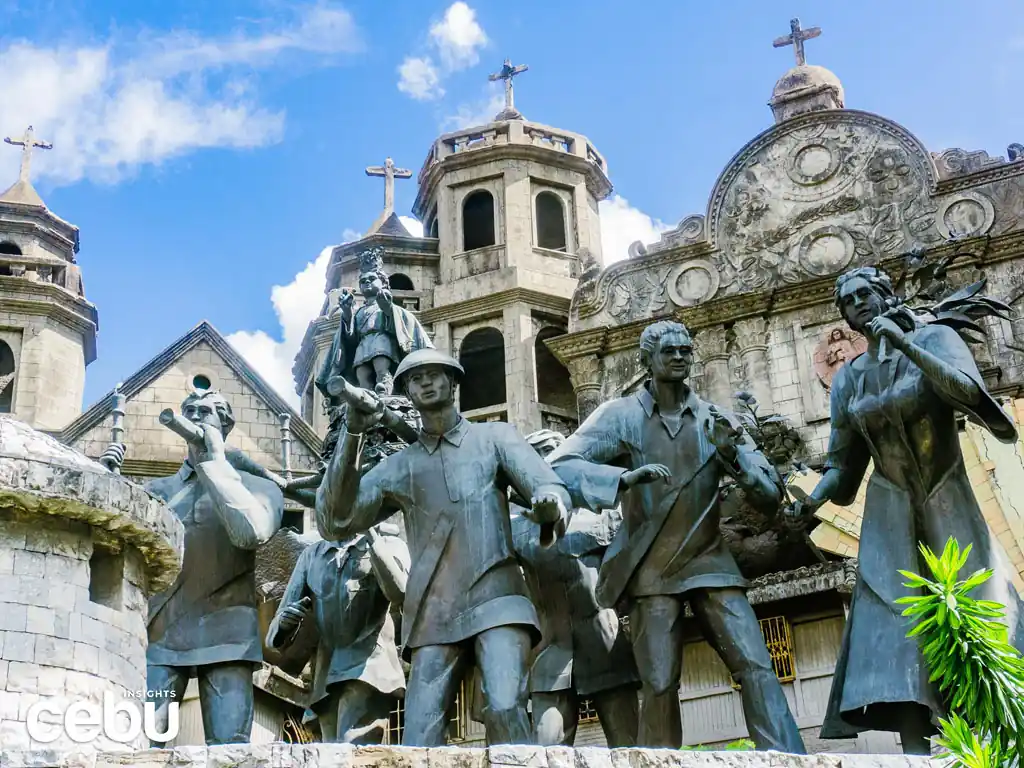Parian is home to some of the country's oldest ancestral houses, along with other famous heritage ites.
The term “Parian” is derived from an old Malay word used to identify a business district in a specific region.
In the Philippines, it also refers to a residential area where Chinese immigrants and traders are separated from other nationalities.
Cebu’s Parian district is located near the historical Colon Street. It was previously a bustling business center filled with galleon traders, as well as an urban area for the Chinese mestizos to live in.
It then became a residential area for the city’s wealthiest families, many of whom had fashionable houses filled with the fanciest items on the market. These are now some of the most famous ancestral houses in the Philippines, with their structures maintained to this day.
One may argue that it’s the city’s go-to venue for a historical tour, as many of these ancestral houses have been converted into museums, offering visitors a preview of the lives of the early Cebuanos.
It showcases the transition from being a bustling business center to a lavish livelihood area, and now a quaint tourist attraction where one can learn more about Cebu’s past.
PLACES TO VISIT IN PARIAN DISTRICT
- Jesuit House
One of the ancestral houses in Parian can be difficult to track down at first.
Upon visiting the Jesuit House along Zulueta Street, one can discern the quiet lifestyles of Jesuit priests in the 1700s.
The museum used to be the Jesuit headquarters, with many of its architectural features still intact.
The structure has stood since 1730, as seen on the markings carved on the second floor.
The museum consists of two houses with several rooms and exhibits. Here, you will find dioramas of ships and photographs of what Cebu was like in the 1700s.
Upstairs are several antiques, from furniture to analog technology, which are put on display inside different rooms.
Some visitors may not be able to find the museum right away, since it’s tucked away inside a warehouse.
Once you find the 7-Eleven Convenience Store in Parian, turn right and look for the museum signage.
Yap Sandiego Ancestral House
Yap Sandiego is the oldest ancestral house in Cebu City.
A few meters away from the Jesuit House is the oldest ancestral house on the island, the Yap Sandiego Ancestral House.
It was originally owned by a Chinese trader, Don Juan Yap, with his wife Doña Maria Florido.
It is currently run by famous Sinulog choreographer Val Sandiego, who converted it into a museum full of decades-old memorabilia. Though the structure is made of stone and wood, you can see that it’s been well maintained.
Also called the “Balay nga Bato ug Kahoy” (House of Stone and Wood), the materials used were essential to a Cebuano household in order to withstand powerful typhoons.
The house has a dozen antiques, from kitchen utensils to primitive house essentials. The windows on the second floor give you a view of the street below.
Casa Gorordo Museum
The Casa Gorordo Museum gives you a glimpse of a household in colonial Cebu.
Next to Yap Sandiego, you will find the Casa Gorordo Museum. This is one of the biggest ancestral houses in Cebu, managed by the Ramon Aboitiz Foundation Inc. (RAFI).
The museum used to be the home of the first Cebuano Bishop, Juan Isidro de Gorordo and his family. Its special architectural feature is the large balcony facing the quadrangle.
The house has two floors, with multiple exhibits on the ground floor. Here you will find religious images and transportation equipment that were used during pre-colonial Philippines.
On the second floor are the different rooms that the Gorordo family used to live in. This also includes the kitchen, dining room, and prayer room.
There is a separate building connected to the balcony, which serves as the museum’s gift shop. Among the items being sold are books and local souvenirs.
Right below the building is a Bo’s Coffee kiosk where you can relax after a tour around the museum.
Cebu Heritage Monument
Parian is also famous for the Cebu Heritage Monument in the middle of the street.
Interestingly, the first historical site you will come across when passing by Parian isn’t an ancestral house.
Right in the middle of the street stands the iconic Cebu Heritage Monument.
It was built by Eduardo Castrillo in 1997, with the support of Senator Marcelo Fernan, and completed construction in 2000. It is made of durable materials, such as steel, copper, and bronze.
Right in front of the monument is a marker commemorating Cebu’s history. The images carved into the structure depict important historical moments from around the island.
One image depicts Datu Lapu-Lapu and his men who fought Ferdinand Magellan and the Spaniards in Mactan in 1521.
Other images include a depiction of the Sinulog Festival, which is a yearly celebration commemorating the island’s patron saint, the Sto. Niño. You may also find an image of the first Cebuano saint, Pedro Calungsod, and former Senator Vicente Rama.
While Cebu City continues to evolve in terms of transportation and infrastructure, there is a lot to learn and appreciate from this quaint residential area. It is home to several museums and ancestral houses, giving you the opportunity to see what Cebu was like before being colonized.
Each of the attractions is a walking distance from each other, so you can have a complete tour of the famous Parian district in a single day.













